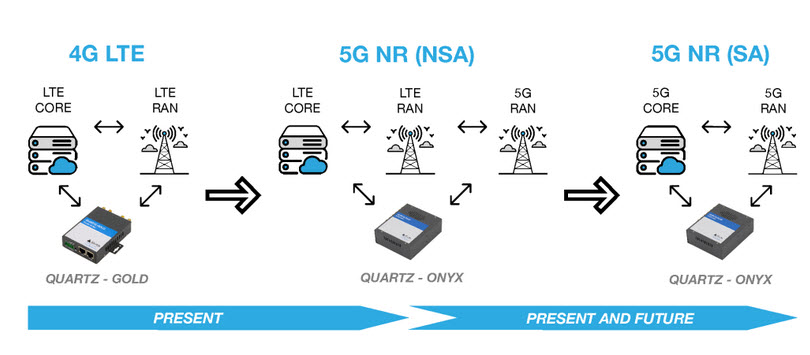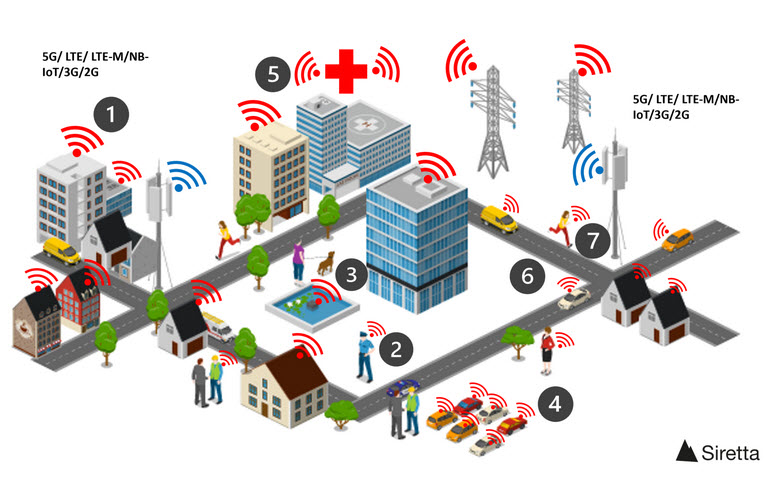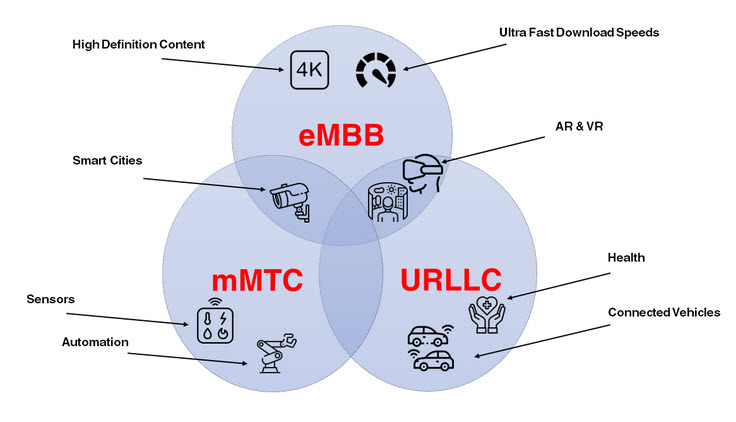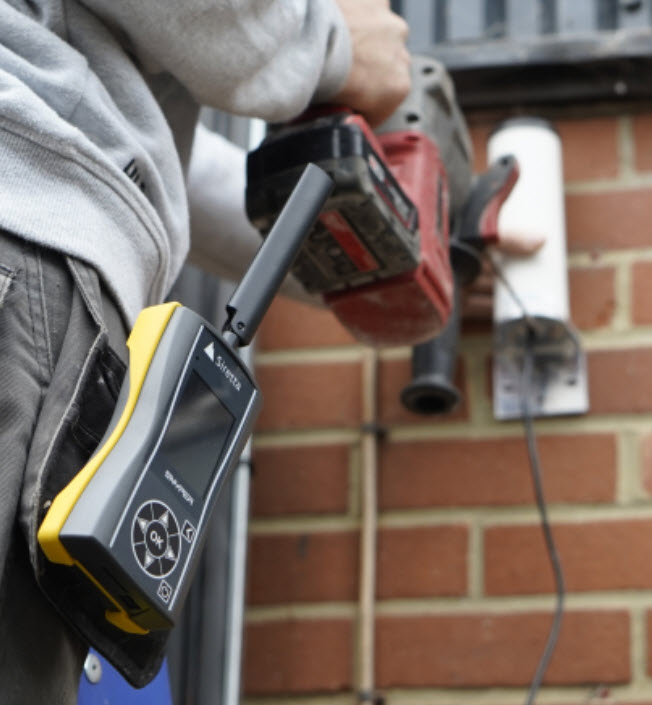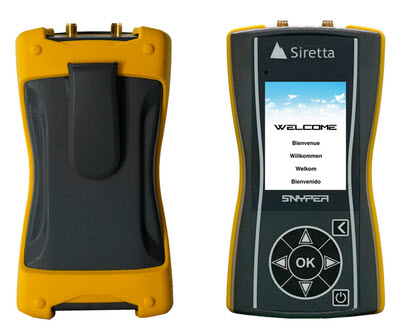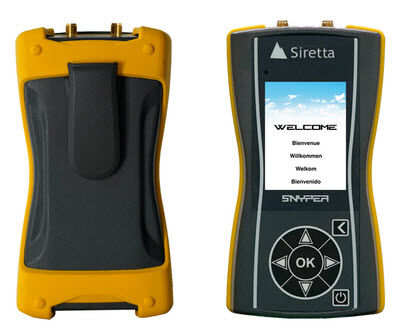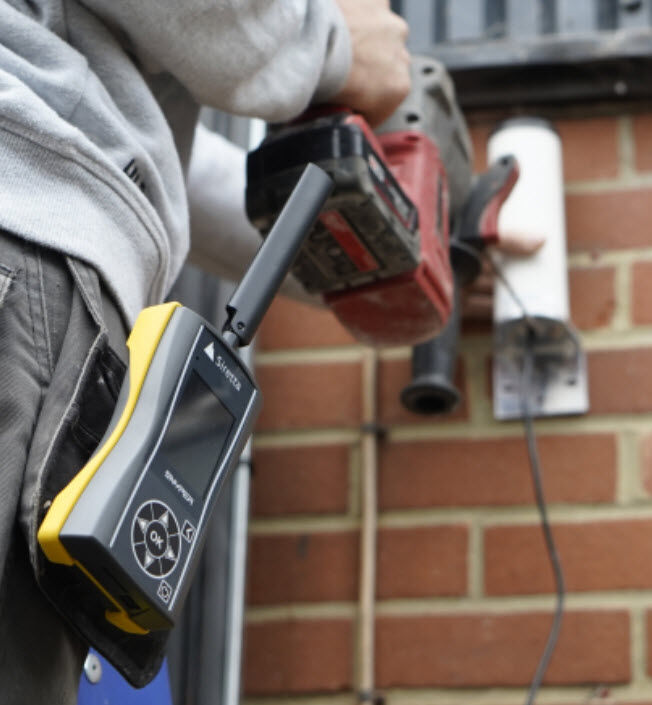5G NR is the fifth generation of wireless technology, where “NR” stands for New Radio interface, a radio access technology for cellular networks — a physical connection method for radio-based communication. Other kinds of radio access technologies include Bluetooth, Wi-Fi and 4G LTE.
5G NR is designed to support fibre-equivalent bandwidth transmissions required for data demanding applications like streaming video, as well as low-bandwidth transmissions used in machine-to-machine communications at increased capacity where needed.
5G NR will also support transmissions with extremely low latency requirements – for example applied to vehicle-to-vehicle and vehicle-to-infrastructure communications which is a vital prerequisite in those settings.
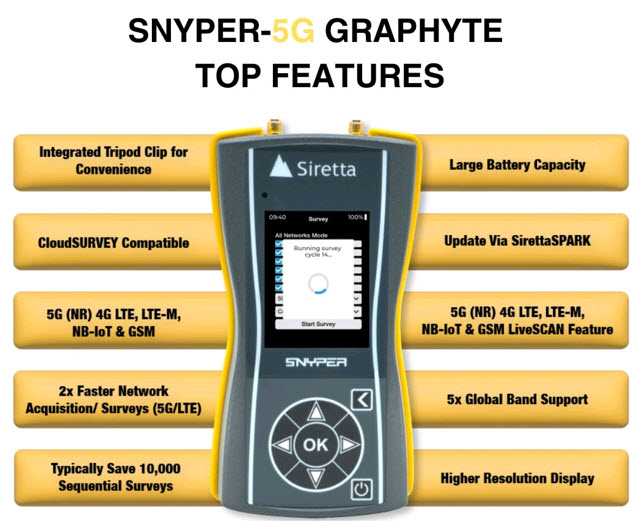
Like its predecessors, the 5G NR standard was created by the 3rd Generation Partnership Project (3GPP).
The 5G NR standard supports a number of low to high-frequency bands.
Frequency range 1: Includes frequency bands that are typically less than 6GHz (410 MHz to 7125 MHz).
Frequency range 2: Covers bands with a low range combined with a high bandwidth. (Typically 24250 MHz to 52600 MHz).
